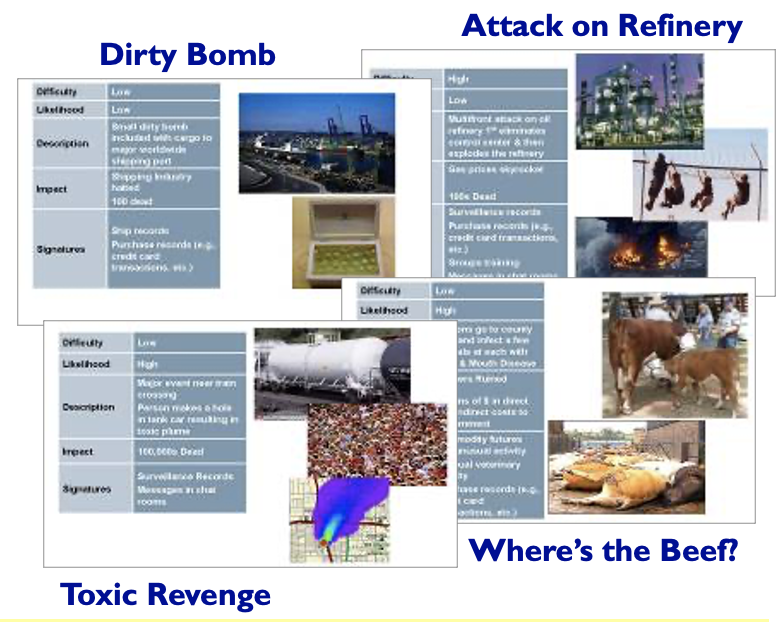Planning, Research and Intelligence Scalable Modeling (PRISM)
Planning, Research and Intelligence Scalable Modeling (PRISM)
POC: For inquiries regarding this work, please contact Dr. Robert Popp (rpopp@nsiteam.com).
Description: NSI supported the DARPA-sponsored BAE Planning, Research, and Intelligence Scalable Modeling (PRISM) program in the following capacity: integration of the relevant social science research into the modeling and measurement; specification and development of computational models for inclusion in PRISM; design, development and population of the quantitative data repository and the data brokering capability to match model requirements to available data; and advisory support for the visualization framework.
PRISM was a computational infrastructure for integration and transition of Human, Social, Cultural and Behavioral (HSCB) models and data into operational environments. Key components of the architecture included a core engine for model composition and execution; a data brokering and management system that incorporated both qualitative and quantitative data as well as tools for language translation and data extraction, transformation and validation; and a visualization framework. An initial operating capability of PRISM was delivered to Special Operations Command in August 2011.
NSI identified the relevant languages in several countries that needed to be translated to monitor broadcasts; assessed the feasibility of approaches to provide this capability within BBN monitoring tools. We identified the key 15-25 trend variables that must be tracked as indicators of violent extremism; we provided supporting Social Science-based theories of VE development and dynamics that support the selected indicators, and rational to support the indicators; we identified sources for each indicator, their rates of update and means to process source data to infer indicators; we distinguished between directly measured or reported variables (e.g. reported unemployment), inferred variables from other variables (e.g. unemployment from province B inferred as a function of province A), and identified and obtained empirical data sources for prior cases of the VE development process in known VE countries or areas to use as reference baseline case for BAE regression and causal models of VE development; and we derived variables computed as a function of multiple measurements (e.g. estimation of population sentiment or attitude about the government derived from one-month’s media reporting).
See how in our National Security Portfolio or our Human Capital/Data Science Portfolio.



